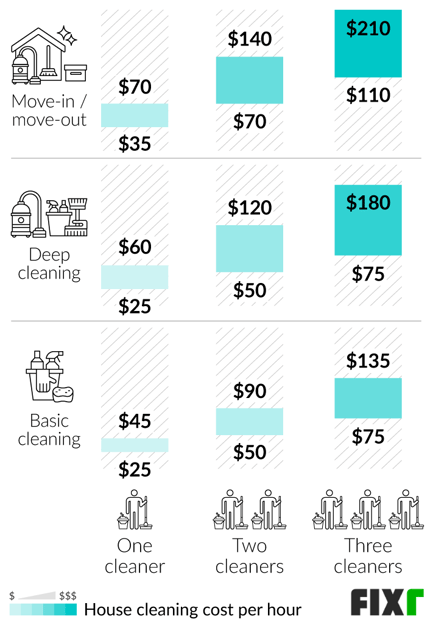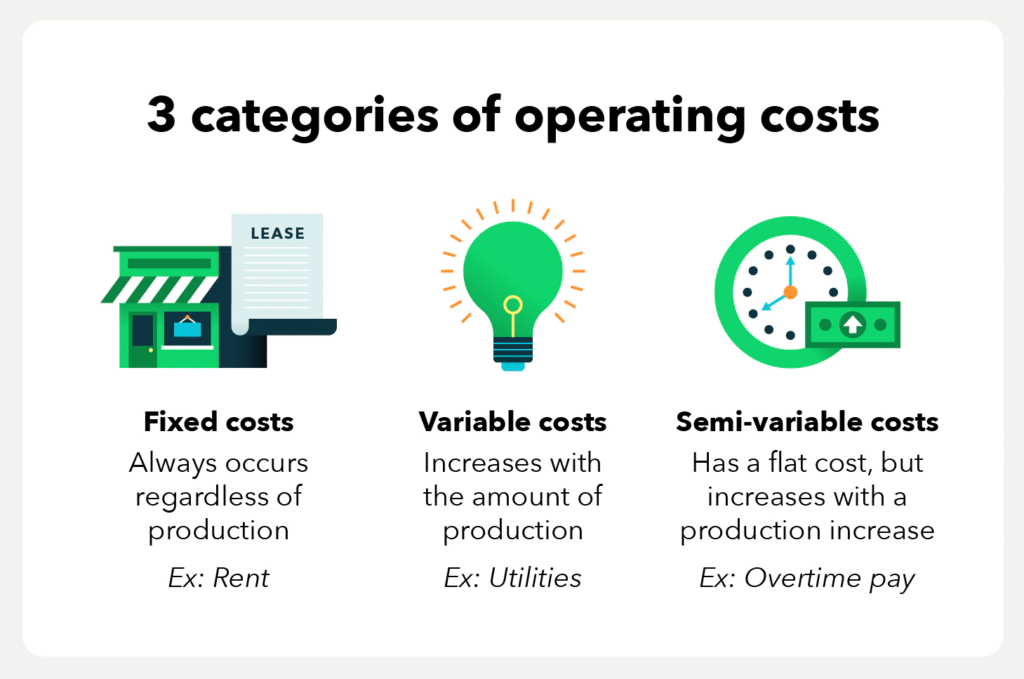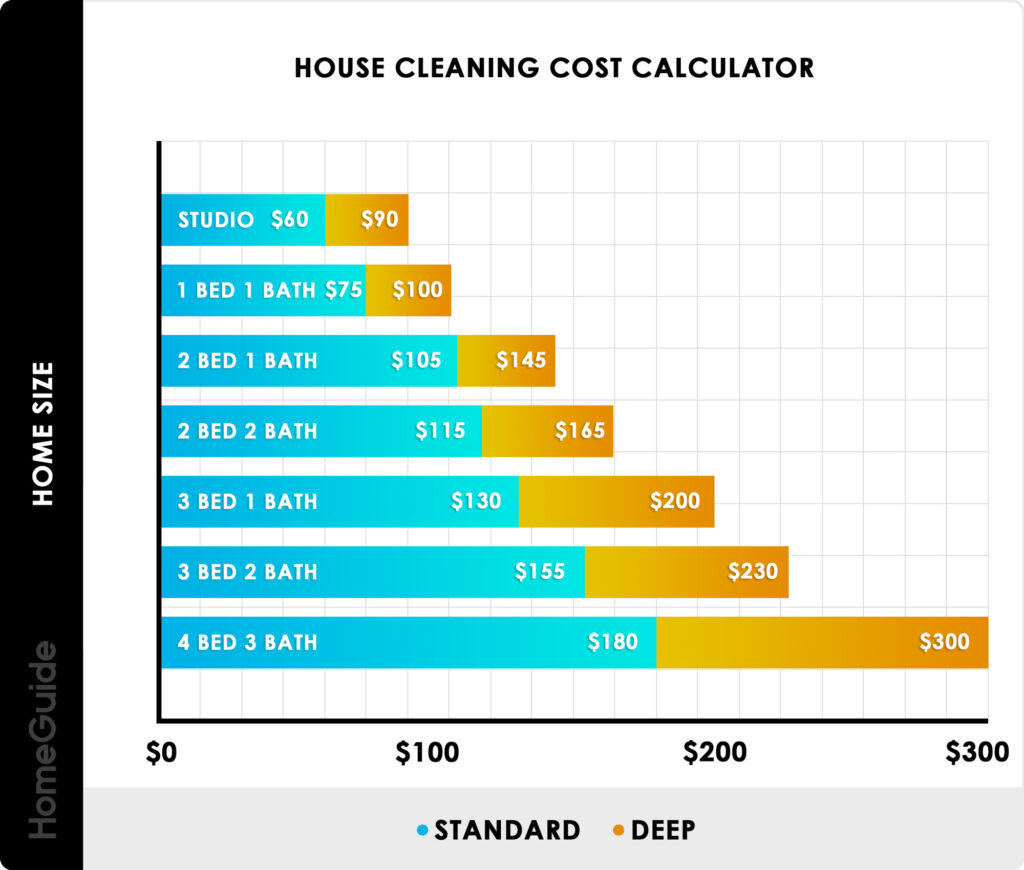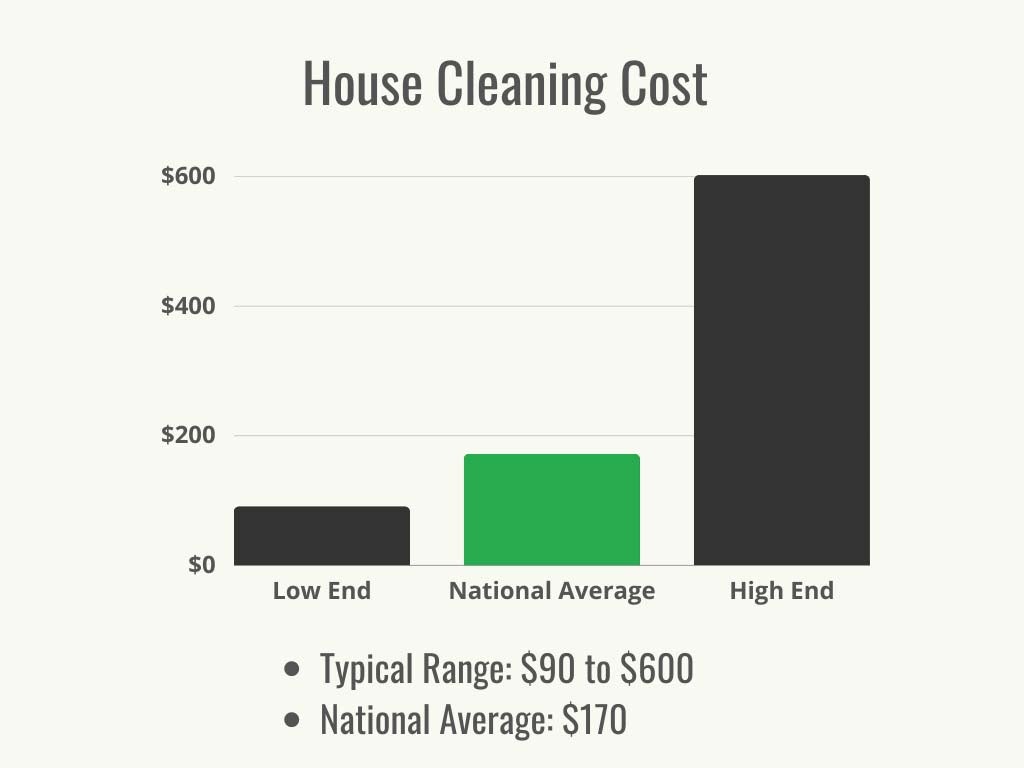Well, lucky for you, dear reader, we are here to help you crack this tough question! In this article, we will explore the factors that can influence your cleaning rates and give you some handy tips to determine your worth as a cleaner. So, sit back, grab a feather duster (just kidding, no actual cleaning required), and get ready to learn how to charge like a pro!
Factors to Consider when Setting Prices
When it comes to setting prices as a cleaner, there are several important factors that you need to consider. These factors will not only affect how much you should charge, but also your overall profitability and competitiveness in the market. Here are some key factors to keep in mind:
Size of the Space
The size of the space that you are cleaning is one of the most important factors to consider when setting your prices. Larger spaces typically require more time and effort to clean, which means you should charge more for these jobs. On the other hand, smaller spaces may not require as much time or effort, so you can charge a lower rate.
Frequency of Cleaning
Another factor to consider is the frequency of cleaning. If you are providing regular cleaning services on a weekly or bi-weekly basis, you may be able to offer discounted rates. On the other hand, if you are providing one-time or infrequent cleaning services, you may need to charge a higher rate to compensate for the extra time and effort required.
Level of Difficulty
The level of difficulty of the cleaning job is also an important factor to consider. Some spaces may have unique challenges, such as hard-to-reach areas or stubborn stains. These jobs may require extra time and effort, so you should adjust your pricing accordingly.
Type of Cleaning Services
The type of cleaning services that you offer will also play a role in determining your pricing. For instance, if you offer specialized services such as carpet cleaning or window cleaning, you may be able to charge a higher rate. On the other hand, if you offer basic cleaning services, you may need to be more competitive with your pricing.
Your Experience and Skill Level
Lastly, your experience and skill level as a cleaner will also impact your pricing. If you are just starting out or have limited experience, you may need to charge a lower rate to attract clients. As you gain more experience and build a reputation, you may be able to increase your prices.
Pricing Models
Now that we have discussed the factors to consider when setting prices, let’s take a look at some common pricing models that you can use as a cleaner:
Hourly Rate
One popular pricing model is the hourly rate. With this model, you simply charge your clients an hourly rate for your cleaning services. This is a straightforward approach that allows you to be flexible with your pricing.
Fixed Price
Another option is to offer a fixed price for your cleaning services. This can be beneficial for clients who prefer to know exactly how much they will be charged upfront. However, it’s important to ensure that your fixed price adequately compensates you for the time and effort required for each job.
Per Square Foot
If you are cleaning larger spaces, such as offices or commercial buildings, you may want to consider charging per square foot. This pricing model takes into account the size of the space and ensures that you are fairly compensated for the work involved.
Package Deals
Offering package deals can be a great way to attract clients and encourage repeat business. For example, you could offer discounted rates for clients who sign up for regular cleaning services or bundle multiple services together.
Additional Charges
In some cases, you may need to add additional charges for certain services or supplies. For instance, if you need to use specialized equipment or cleaning products, you may need to pass on these costs to your clients. It’s important to clearly communicate these additional charges upfront to avoid any surprises.

This image is property of 3938013.fs1.hubspotusercontent-na1.net.
Researching the Market
Before you can set your prices, it’s important to research the market and understand what your competitors are charging. Here are some key steps to take:
Competitor Analysis
Start by researching other cleaning businesses in your area. Look at their pricing structure and the services they offer. This will give you a good idea of what the market rates are and how you can position yourself competitively.
Local Market Rates
In addition to looking at your competitors, you should also research the general market rates in your area. This can be done by contacting other cleaning businesses or checking online listings for cleaning services. Understanding the average rates in your area will help you set your prices accordingly.
Pricing Surveys
Consider conducting surveys among your target market to gather valuable insights into what potential clients are willing to pay for cleaning services. This will help you gauge the market demand and adjust your pricing accordingly.
Calculating Costs
Once you have a good idea of the market rates, it’s time to calculate your costs. Here are some key cost factors to consider:
Labor Costs
Calculate how much you need to pay yourself or your employees for each job. Take into account the time it will take to complete the job, including any travel time between clients.
Materials and Equipment
Consider the cost of the cleaning materials and equipment you will need for each job. This includes cleaning solutions, tools, and any disposable supplies. Make sure to factor in the cost of replenishing these supplies as well.
Overhead Expenses
Don’t forget to account for overhead expenses such as rent (if you have a physical location), utilities, marketing expenses, and any other ongoing costs for running your cleaning business.
Taxes and Insurance
It’s also important to factor in taxes and insurance. Consult with an accountant or tax professional to determine the appropriate tax rate and any necessary insurance coverage for your cleaning business.

This image is property of www.cleaningbusinessacademy.com.
Setting Profit Margins
Setting your profit margins is an important step in determining how much you should charge as a cleaner. Here are some key considerations:
Determining Desired Profit
Decide on the amount of profit you want to make from each job. This will depend on your personal financial goals and the level of competition in your area.
Considering Market Demand
Take into account the market demand for cleaning services in your area. If there is high demand and limited competition, you may be able to charge higher prices. On the other hand, if the market is saturated with cleaning businesses, you may need to be more competitive with your pricing.
Balancing Profitability and Competitiveness
Finding the right balance between profitability and competitiveness is crucial. While it’s important to charge enough to make a profit, it’s also important to remain competitive with your pricing. Consider offering additional value-added services or incentives to attract and retain clients.
Value-added Services
Offering value-added services can set you apart from the competition and justify higher prices. Here are some examples:
Eco-friendly Cleaning
In today’s environmentally conscious world, many clients are looking for cleaners who use eco-friendly products and practices. Consider offering eco-friendly cleaning services and promoting this as a value-added service.
Organizational Services
Many clients struggle with organizing their spaces on top of cleaning. Consider offering organizational services as an additional service. This can include decluttering, closet organization, and other tidying services.
Specialty Cleaning
If you have expertise in specific areas such as deep cleaning, stain removal, or post-construction cleaning, highlight these specialty services and charge accordingly.
Customer Satisfaction Guarantees
Offering a customer satisfaction guarantee can instill confidence in your clients and make them feel more comfortable paying higher prices. Consider implementing a policy that ensures clients are satisfied with your cleaning services.

This image is property of empire-s3-production.bobvila.com.
Pricing Strategies
Once you have determined your pricing structure and considered value-added services, it’s time to think about pricing strategies. Here are some common strategies used by cleaners:
Penetration Pricing
If you are just starting out or trying to establish a strong presence in the market, you may want to consider penetration pricing. This involves setting your prices lower than the competition to attract clients.
Skimming Pricing
On the other hand, skimming pricing involves setting your prices higher than the competition to position your services as premium. This strategy is often used by cleaners who offer specialized or high-quality services.
Premium Pricing
Premium pricing is similar to skimming pricing, but it focuses on offering exclusive services or targeting a specific niche market. This strategy allows you to charge higher prices based on the perceived value of your services.
Bundle Pricing
Bundle pricing involves offering multiple services or a combination of services at a discounted rate. This can be a great way to encourage clients to choose your services over competitors who offer individual services at higher prices.
Discount Pricing
Lastly, discount pricing involves offering temporary discounts or promotions to attract new clients. This can be effective in generating interest and building a customer base. However, be careful not to rely too heavily on discounts, as it can devalue your services in the long run.
Communicating Prices to Customers
Once you have determined your pricing structure and strategies, it’s important to effectively communicate your prices to potential clients. Here are some tips for doing so:
Clear Pricing Structure
Ensure that your pricing structure is clear and easy for clients to understand. Avoid any hidden fees or complicated pricing schemes that may confuse or frustrate potential clients.
Transparency in Pricing
Be transparent about what is included in each service and any additional charges that may apply. This will help build trust with your clients and prevent any misunderstandings or disputes.
Upfront Estimates
When providing quotes or estimates to potential clients, be upfront about the cost and the scope of the job. This will help manage client expectations and avoid surprises later on.
Effective Pricing Presentation
Present your prices in a professional and visually appealing manner. Use clear and concise language, and consider providing options or packages to cater to different client needs and budgets.

This image is property of cdn.homeguide.com.
Evaluating and Adjusting Prices
Setting your prices is not a one-time task. It’s important to regularly evaluate and adjust your prices to ensure that they remain competitive and profitable. Here are some key steps to take:
Monitoring Customer Feedback
Pay attention to what your clients are saying about your pricing. Are they satisfied with the value they are receiving? Are they comparing your prices to competitors? Use this feedback to make informed pricing decisions.
Tracking Competitor Prices
Keep an eye on what your competitors are charging. If you notice that they have increased their prices or are offering discounts, consider adjusting your prices accordingly.
Analyzing Profitability
Regularly review your financial statements to analyze the profitability of your cleaning business. Are you meeting your profit margins? If not, consider adjusting your prices or finding ways to reduce costs.
Implementing Price Adjustments
When it’s time to make adjustments to your pricing, communicate these changes to your clients in a clear and timely manner. This will help manage their expectations and prevent any misunderstandings.
Conclusion
Setting prices as a cleaner can be a challenging task, but by considering the factors mentioned above and using the right pricing models and strategies, you can ensure that you are charging a fair and competitive rate. Remember to conduct market research, calculate your costs, set profit margins, and communicate your prices effectively to potential clients. Regularly evaluate and adjust your pricing to remain competitive and profitable. With a well-thought-out pricing strategy, you can successfully navigate the cleaning industry and establish a flourishing business.

This image is property of empire-s3-production.bobvila.com.

